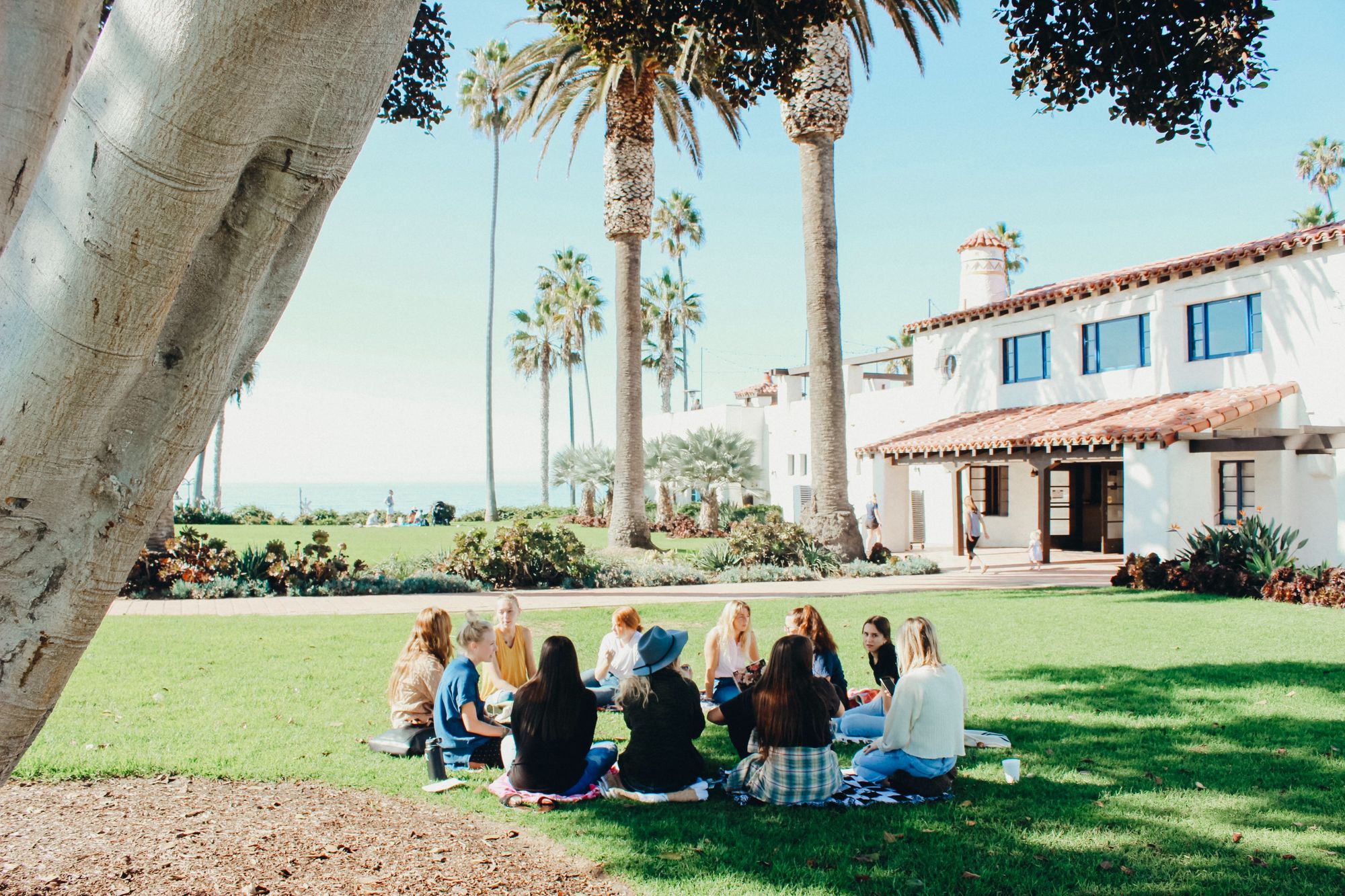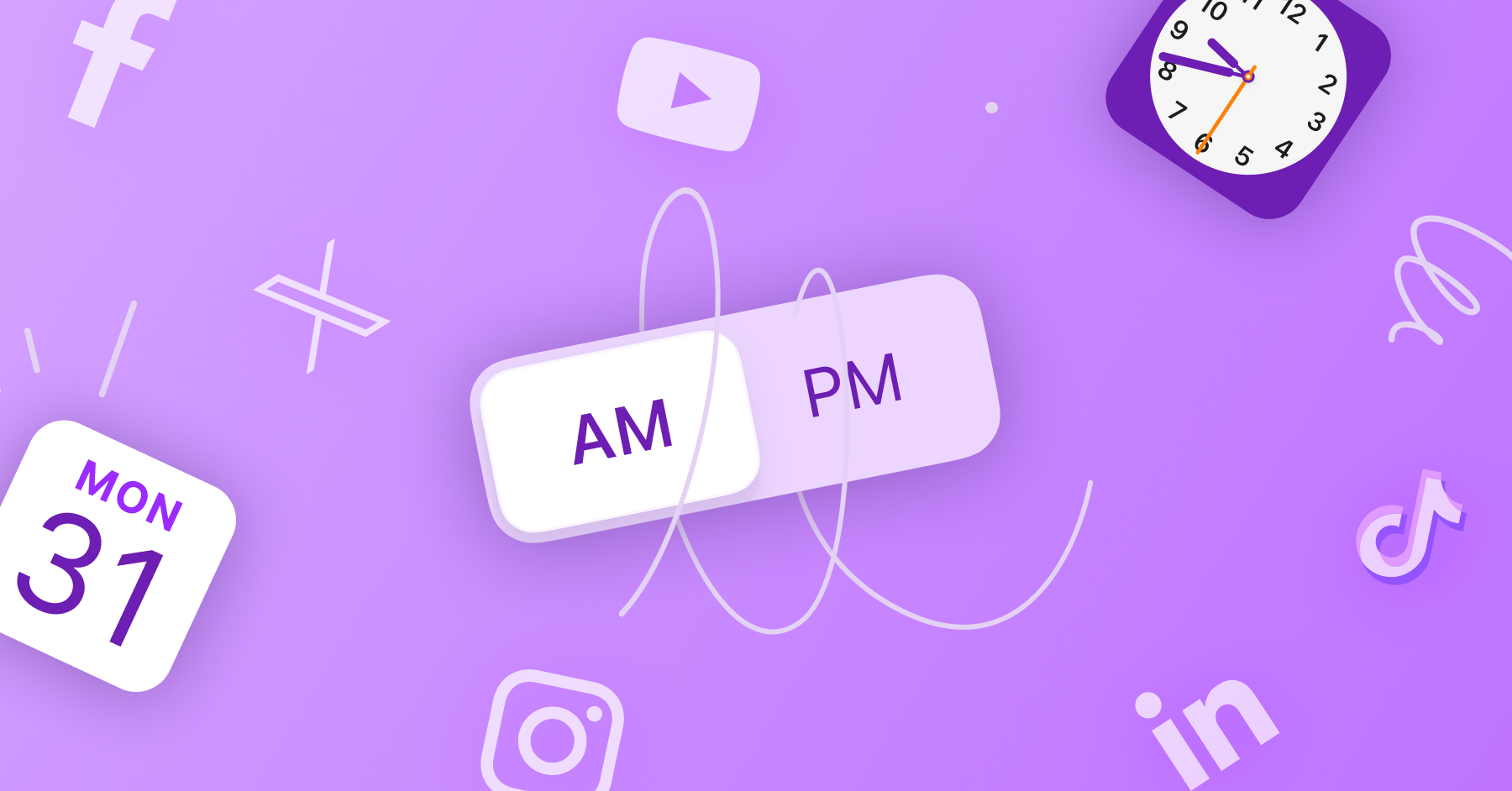
How I Built a 200,000-Person Paid Membership Community With $0 in the Bank to Start
Building a meaningful community is never easy, but doing so without a lot to spend on acquisition can be even more challenging. Here are four simple strategies that helped Allison Esposito Medina, founder, and CEO of Tech Ladies, grow her 200,000-member community on a budget.

Founder & CEO of Tech Ladies
If I could give one piece of advice about the best way to start a successful community, it would be to build the one you need yourself.
I launched Tech Ladies for selfish reasons. I worked in tech but didn’t have many women colleagues, and I wanted to build a network that could help me grow and weather any job change. Also, it was fun and validating to meet other women facing the same issues I did at work.
Turns out, so many other people felt the same way at work too. As one of the first communities for all women in tech, not just engineers, Tech Ladies had a wide pool of potential members, and they started showing up in droves. Our community was adding hundreds of new people each week without any paid advertising.
Over the past six years, Tech Ladies has continued to grow steadily with very little money spent on acquisition (which was especially important given I made the decision to bootstrap my company instead of seeking outside funding). With over 200,000 members, we’re now one the largest communities of women in tech. And more importantly, we’ve had a measurable impact on the lives of our members, helping them land jobs, grow in their careers, and find support they might not have access to at work.
The strategies that got my community here weren’t complicated—most of them I could implement myself while building the company from my couch. They just involved a deep dedication to and understanding of the people I was here to serve.
Here are four simple approaches that worked for me while building my community on a budget.
1. I made it easy to join and tempting to stay
When building a community, it’s not enough to bring members in; you also have to know how to keep them.
To think through this, I did a lifecycle analysis of my target member. I started by asking myself: Why would someone join Tech Ladies? I knew most people came to us through the job board when they were searching for their next opportunity, and given that was our biggest acquisition path, I wanted to keep the job board free and easy to access. We simply require people to sign up for a free account to start applying, which also subscribes them to our newsletter.
If I had just left the community at that, members would churn as soon as they got a job, maybe returning in a few years when they’re ready for a new role. So, I asked myself, what would make someone stick around? My thinking was, at any point in a person’s career, they need help with something—how could we provide exactly what they need at every step?
This inspired me to add a free community forum, where people can ask for help when they’re stuck on something at work. It also encouraged me to make sure the events we hosted weren’t only about networking for job searchers, but also focused on other topics that would help members grow their careers. This exercise also helped me see the potential for adding a paid membership tier—with even more learning resources and networking opportunities—for members who wanted a deeper investment in their career.
There’s a lot of support happening in Tech Ladies for those who were recently part of tech layoffs. If you’re in the community you can apply to jobs, be part of our Candidate Database to be hired directly + join a Leadership accelerator to get to the next step in your career.
— Allison Esposito Medina (@techladyallison) August 17, 2022
Thanks to this exercise, many of our members have been around for years and years. And when they see the value they get from the community, they refer others, making this customer lifecycle a flywheel that helps Tech Ladies keep on growing.
2. I integrated the community with my members’ habits
To keep community engagement high, I looked for repeatable ways to help us become a part of our members’ daily lives.
In the very early days, this was our job drop email. We were posting new jobs to the community daily, but by rounding them up and branding them as “Job Drop Tuesdays,” we had a feature members looked forward to every week. We check in with our paid community weekly with a “goals and wins” post that everyone can contribute to. And we’ve always been mindful of having a regular cadence of events.
This repeatable content has been really key in terms of building relationships and thought leadership with our members. Think about it: With the weekly emails alone, members hear from us 52 times a year and start to think of us as the place to go for fresh job listings. The weekly community posts and regular events became an easy way members could engage with each other and be reminded of the value we offer.
Key to this approach is ease and choosing activities that my team could feasibly deliver on a regular cadence. A mistake I see a lot of communities make is over-promising and under-delivering: For instance, throwing one massive event and then getting busy and never having another event again. I found it’s better to start small with something we could really stick to so our members never feel like we’re letting them down.
3. I aligned my incentives with the community
As a business owner, my incentive is to make money—at least enough to support myself, to pay my team, and to grow the business. But I never want members to feel like we’re constantly trying to upsell them on the paid membership tier. In fact, that’s a fast way to compromise the health and integrity of the community.
So we built a revenue model that functions no matter how a member engages with the community. Obviously, it’s great if someone joins as a paid member, because they offer direct revenue to the company. But a free member who finds a job through us is also valuable—it’s a win for our hiring partners and encourages them to keep renewing with us year after year. People who contribute to the community make it more valuable for everyone and may refer someone new to join Tech Ladies.
Ultimately, there are so many ways members can benefit our community and our company, I’ve found it doesn't serve us to obsess about who’s going to pay us and when. By creating multiple revenue streams, we’ve made it easier to focus on supporting our community in exactly the ways they need so they’re excited to keep supporting us back.
4. I’ve always stayed obsessed with what my members want
Yes, I started Tech Ladies because it was the community I needed personally. But it turns out the best way to build the community was by setting aside my own needs, wants, and vision being obsessed with what my members truly want.
My team does user research constantly. Sometimes it's formal: Sending out a survey asking members what they’d like to see from us, or doing A/B tests on new features to see what people interact with. But, more often than not, this simply involves staying engaged in our own community and paying attention. What are the topics that pop up in the community most often? Which events have the highest attendance rate, and how can we build on those topics?
This is how we came up with the idea to launch a Leadership Accelerator. We saw over and over that once members got jobs, they often struggled to continue growing. We just launched the first accelerator cohort this fall and plan to continue working with our members to hone how we can best support them through this next step in their career growth.
In other words, the obsession with learning from our community never stops. We launch something new, we learn more, we tweak our approach or come up with fresh ideas to offer our members. Rinse, repeat—and watch the Tech Ladies community continue to grow and thrive for years to come.
Want to learn more of my growth strategies? Subscribe to my newsletter, Bootstrap to Millions (with Allison), for more regular advice and stories from Tech Ladies’ growth.
Try Buffer for free
180,000+ creators, small businesses, and marketers use Buffer to grow their audiences every month.
Related Articles

I’ve put dozens of AI writing tools to the test — here's a deep dive into my favorite AI writing generators and who I think they’ll be most useful for.

I recently attended SXSW London – here are my top insights for creators.

We pored over millions of posts on Instagram, Facebook, Twitter, YouTube, TikTok, and LinkedIn to pinpoint when the best-performing content was published.